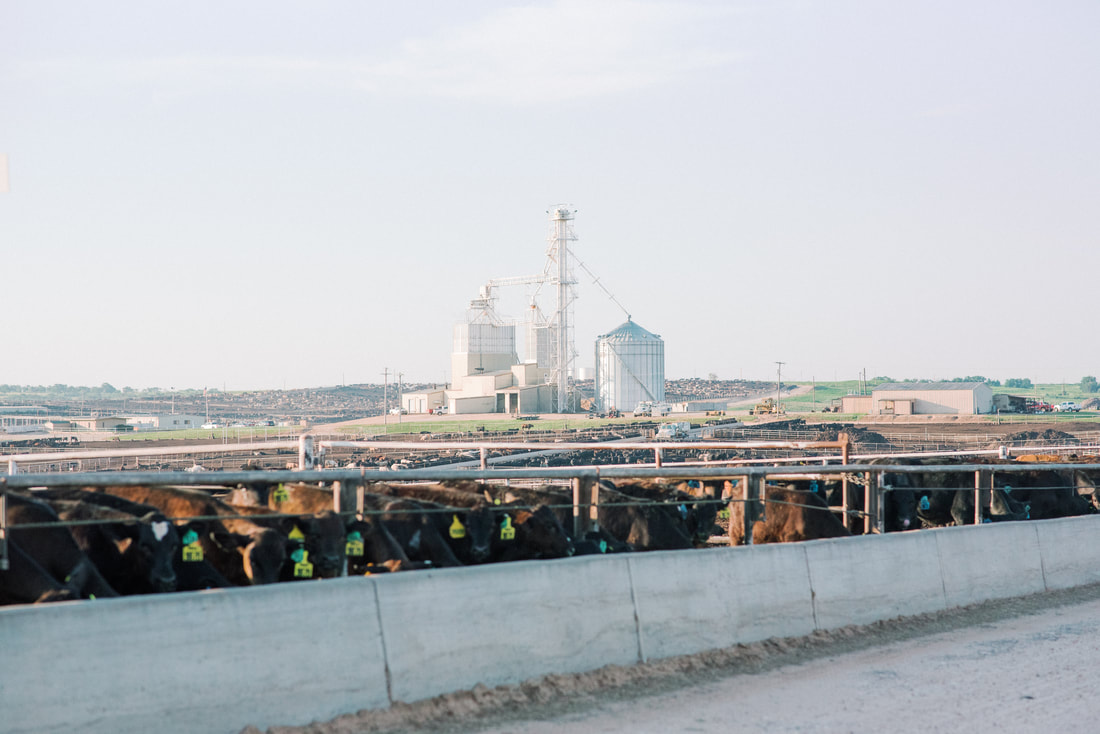TCFA News
By: Carmen Fenton, TCFA Director of Communications
As the global population continues to grow, so will our need for a sustainable, nutritious, affordable supply of protein. Beef provides more nutrients in fewer calories than many other food choices. For example, a 3 oz. serving of beef contributes over 50% of the daily value of protein and is also an excellent source of zinc, vitamins B6 and B12, niacin, phosphorus and a good source of iron in about 170 calories. To get that same amount of protein you’d need to eat six tablespoons of peanut butter (564 calories) or three cups of quinoa (666 calories). But it’s not just the role beef plays in human nutrition that is important. Indeed, modern beef production is also good for the planet. The way beef is produced in the U.S. is incredibly efficient and should be looked to as an example for the rest of the world. In fact, U.S. beef has one of the lowest carbon footprints, 10 to 50 times lower than some nations. What is continuously distorted and misrepresented by anti-meat activists is the environmental impact of cattle in the U.S. According to the Environmental Protection Agency, Greenhouse gas (GHG) emissions from cattle only account for 2%. This number is low. And while there’s always room for improvement, one must recognize that all food production, and frankly all human activity, results in some sort of emissions. But not all food has the same nutrient packed, staying power as beef. It’s also important to know that cattle are ruminants, meaning they are specially equipped with four stomach compartments, the largest being the rumen. Why is this important? Because the rumen microbes give cattle the unique ability to upgrade plants that have little to no nutritional value to you and me into high-quality protein and micronutrients that humans need. Nowhere is this biological phenomenon on grander display than at the feedyard. Feedyard nutritionists curate precise rations for cattle during specific times of their lives using plant and plant byproducts that aren’t edible by humans. This allows for optimal growth and comfort using the least amount of natural resources possible. There is not a single vegan or vegetarian in the world I’ve convinced to eat beef based on these words alone. And that’s not my intent. The great thing about America is that we, the consumer, have choices. Know this: regardless of what foods you choose to nourish your body, the way cattlemen produce beef in the United States is good. It’s good for the economy; it’s good for your health; and it’s good for the environment. Cattle are not the problem, but part of the solution. Let’s celebrate that.
0 Comments
Leave a Reply. |
Categories
All
Archives
June 2024
|
About TCFA |
Get Involved |
|

